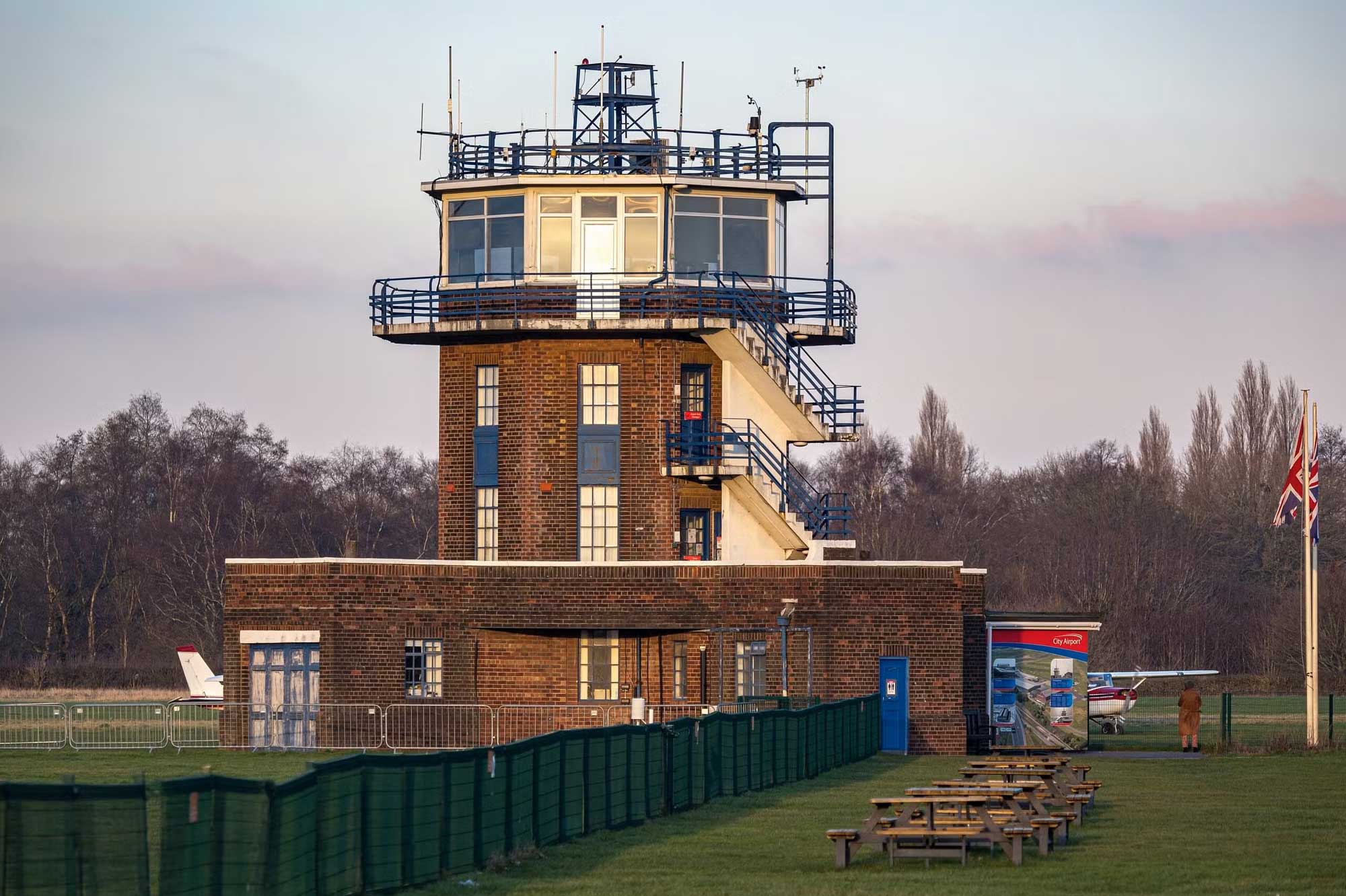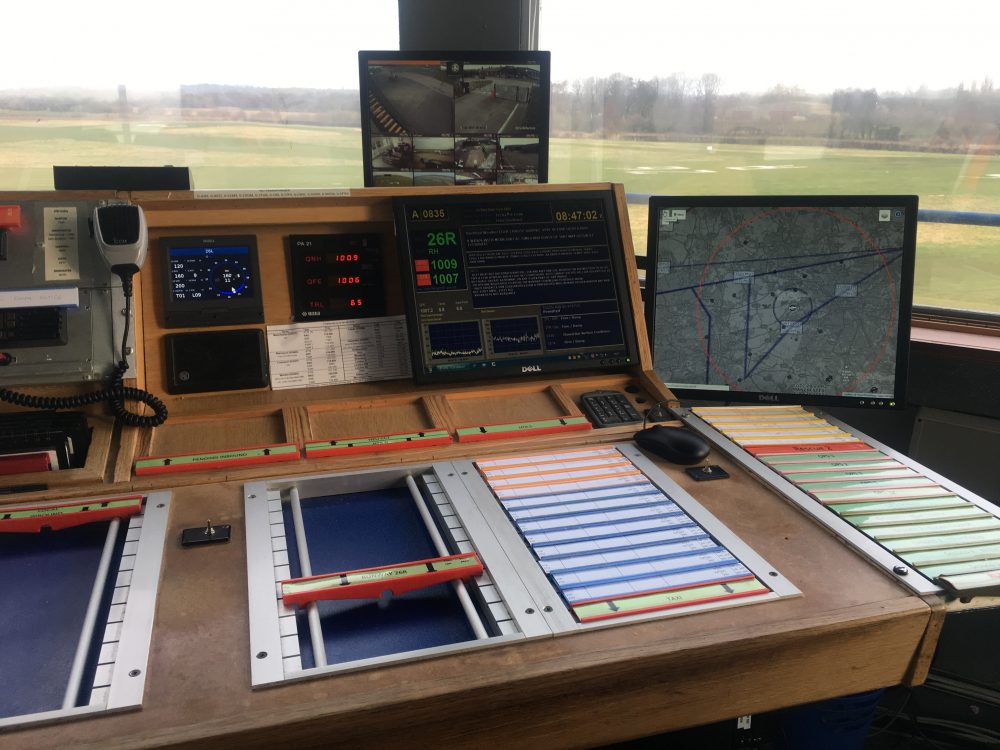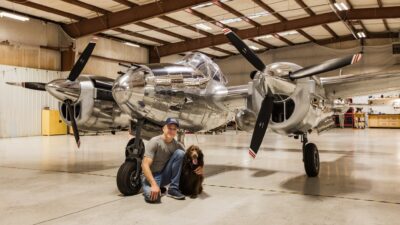The CAA has formally approved Manchester Barton Aerodrome’s ADS-B Flight Information Display – a move that could transform circuit safety at airfields.
A statement from Manchester Barton Aerodrome said, “We are pleased to announce that we have become the first airfield in the UK to gain approval from the Civil Aviation Authority, for a new low cost safety system which provides real-time information to air traffic staff – working in the UK’s oldest operational control tower – on the position of aircraft flying around the skies in the north west.”
Much of the equipment, including a pingStation was supplied by SkyEcho manufacturer uAvionix. The company said, “The concept of a Flight Information Display is a recognition that the use of ADS-B OUT equipped aircraft enables low-cost airspace and aerodrome/airport situational awareness at a cost and scale not previously imagined.
“Prior to the advent and widespread adoption of ADS-B, multi-million-dollar radar solutions were required to provide surveillance capabilities. These technologies were cost prohibitive, leaving most aerodromes/airports without any technological surveillance capability at all, instead relying on the line-of-sight visual capabilities of controllers in combination with radio communications.”

Barton Aerodrome
The new CAA FID regulations were developed following extensive UK trials.
“The culmination of the trials, the announcement of the new regulations, and the Barton Aerodrome approval represent a significant enhancement to flight safety by bringing a low-cost surveillance solution to general aviation airfields using off the shelf hardware and applications that can be easily implemented,” said Steve Hutt who guided the effort at Barton Aerodrome, working with Nick Duriez, Steve Cooper and Liam Chadbond.
The uAvionix pingStation 3, with a reception range of over 300 kilometres, receives ADS-B position data on both the 1090 MHz and 978 MHz frequencies. 978 MHz will become increasingly important in the UK as the CAA has announced the intention for uncrewed aircraft – drones – operating Beyond Visual Line Of Sight to use 978 MHz ADS-B for Electronic Conspicuity in support of detect and avoid (DAA) services.
Manchester Barton Aerodrome













